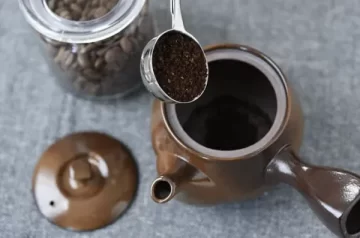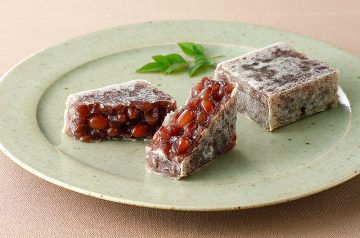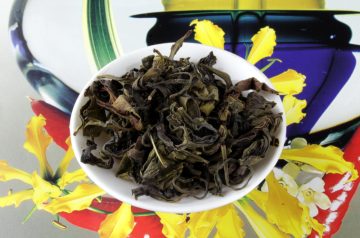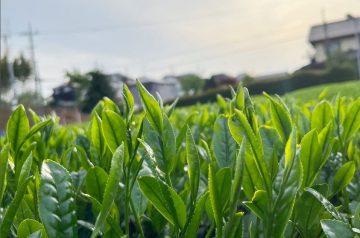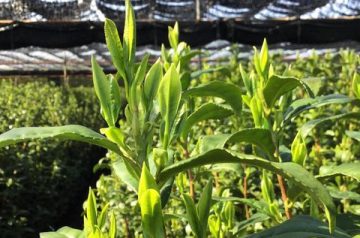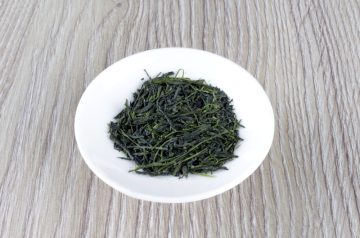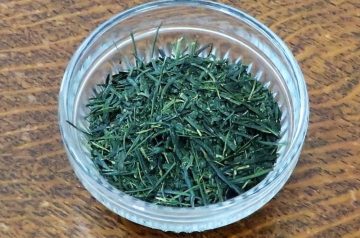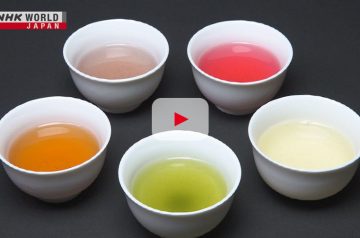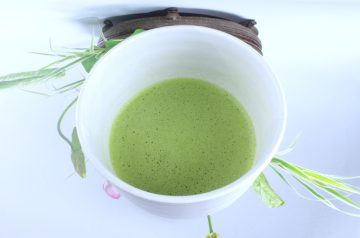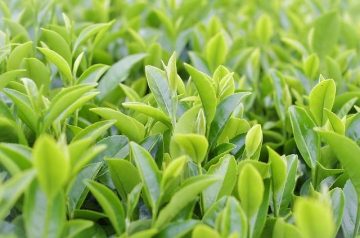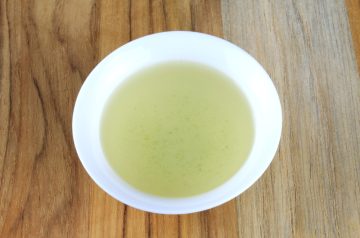A Japanese friend told me that people are preparing coffee in their kyusu. I never would have thought of doing that. Apparently, the resulting coffee tastes well. This way,...
Kintsuba
Kintsuba (きんつば) is a traditional Japanese sweet (wagashi) that is fairly common, although not as popular as others. In essence, it’s a yōkan with an outer crust. Nowadays, most...
Tezumi Koushun Bihakkocha
This tea sold by Tezumi is a lightly oxidized oolong made with the Koushun cultivar. It comes from the Honyama region of Shizuoka prefecture. Since this cultivar’s strong point...
The Kirari 31 Tea Cultivar
Kirari 31 (きらり31) is a cultivar that not only makes a high quality sencha, but also kabusecha and gyokuro. Kirari means “momentary flash of light”. The number 31 is...
Sencha vs Kabusecha
Kabusecha means “shaded tea”. This shading process is also employed for teas like gyokuro and matcha. Traditionally, sencha isn’t shaded. Note that after harvesting, sencha, kabusecha and gyokuro are...
Ikkyu Satori
This gyokuro is very interesting because it is a blend of three cultivars: Yabukita, Yamakai, and Gokou. Furthermore, it’s made in Yame using a traditional method. I’m happy to...
Ichoucha
Ichoucha (萎凋茶) is a Japanese tea that has been withered. Withering is called ichou in Japanese. Another word also used for withering tea is bihakkou (微発酵). For example, ichou...
Trails to Oishii Tokyo: Japanese Tea (Documentary)
This is a tea documentary in English from NHK World, made in 2022. Its about 30 minutes long. Besides the basic information about Japanesetea, it has some interesting content....
Ooika Tsuji’s Asahi Shirakawa Uji Matcha
Ooika specializes in single cultivar matcha. They import the tea leaves from Japan and grind them in the US. This matcha from the Asahi cultivar is made in the...
The Shizukaori Cultivar
The Shizukaori (しずかおり) cultivar is named after Shizuoka prefecture, and also because of its superior aroma (kaori in Japanese). This cultivar is meant for sencha production. History of Shizukaori...
Chashitsu ZerO
Many tea ceremony schools in Japan were closed during the pandemic. This led Okochi Sachi from the Senshin-an tea ceremony school to make a small tea room (chashitsu) that...
Maiko Tea Yashiki no Cha Gyokuro
I had the pleasure to try the best gyokuro from Maiko Tea: Yashiki no cha. Mr. Yamashita watches these tea plants daily. Only a few kilograms are made each...


